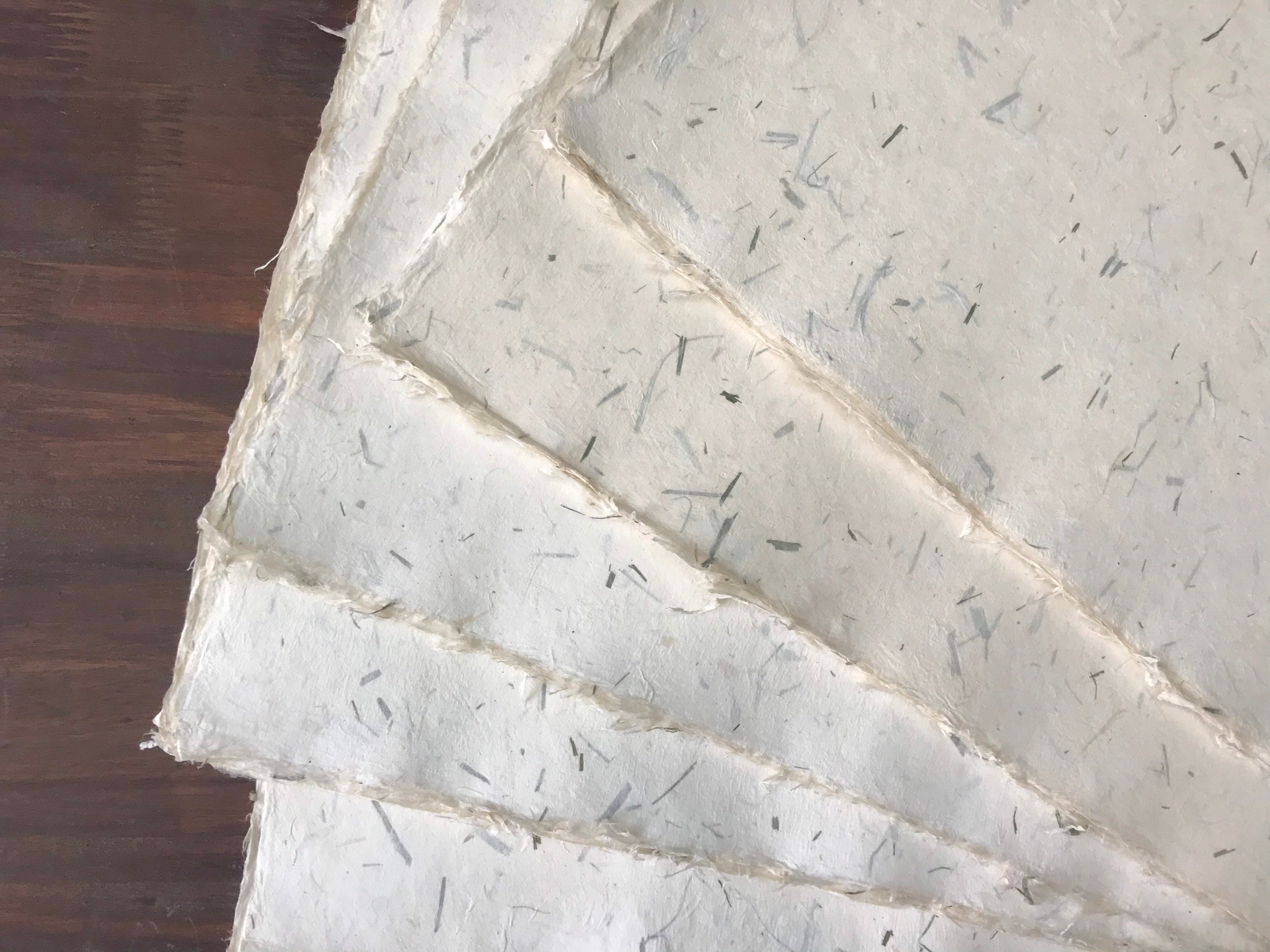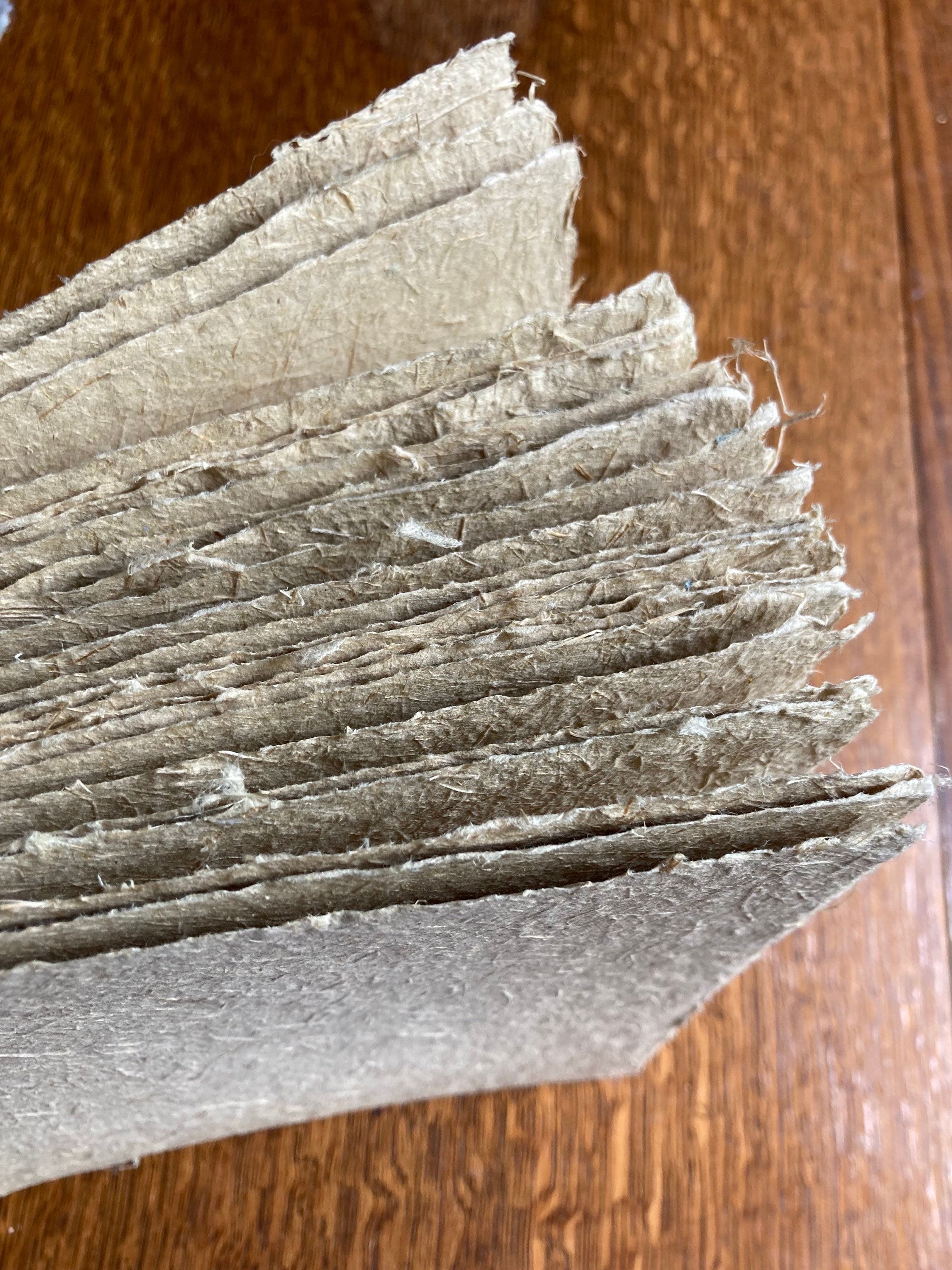

These would expand and contract in reaction to the heat of the sun, creating an opening in the greenhouse facade for ventilation. Alternatively, bamboo sticks could be used to provide further reinforcement.īlack solar balloons would sit between the infill beams and the cladding to act as hinges for "fin-like" sections of the bamboo paper. Smaller versions of the main origami modules would act as infill beams to hold the structure up. These beams can be collapsed and transported flat to the selected site where they can then be inflated with air to form the main structure of the greenhouses, before being clad in a flat form of the same material. The designer then secured multiple sheets of the bamboo paper together and folded it like origami to create hollow forms. She covered it in a coating made from shellac – a natural resin extracted trees – to make it more durable and weather-resistant. She landed on the sustainably sourced and locally manufactured material of bamboo to make the paper. The most popular greenhouse covering material in India, however, is polyethylene sheeting, which needs replacing annually and thus results in a large amount of plastic waste.ĭrawn to its cheap, lightweight and translucent properties, Hague begun experimenting with different forms of paper as an appropriate cladding for greenhouses. There is also an incentive from the Indian government for those working in agriculture to use greenhouses instead of open land to grow crops to increase reliability of harvest and income, said Hague.


"If everyone on earth had this diet, we would need at least two planet earths to feed us all," she added. As the designer explained, the amount of land required to farm meat is far more than that needed to produce vegetarian food, with even less space is required for greenhouse-grown crops.


 0 kommentar(er)
0 kommentar(er)
